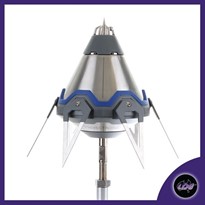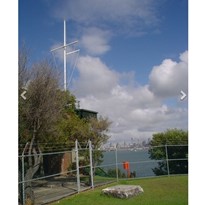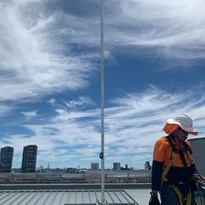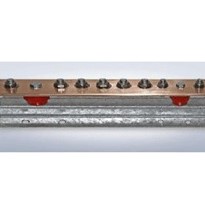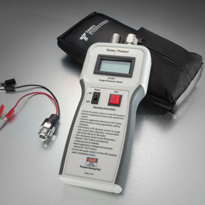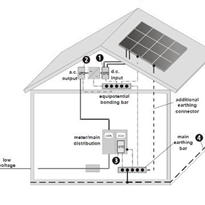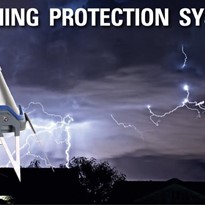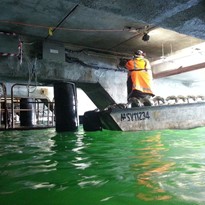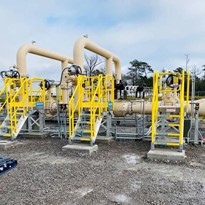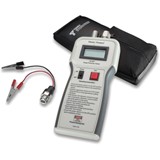The information in this volume may be used as a guide when planning lightning and surge protection for existing and future sites.
Although providing basic guidelines and recommendations which will undoubtedly improve lightning immunity, it is recommended that expert assistance be sought should out the ordinary circumstances be present or a site configuration not covered by this document be encountered.
It should be remembered that the provision of lightning protection both against direct strike and indirect effects will only improve lightning immunity.
It is unlikely that 100% protection can ever be achieved although attention to proper design at an early stage before equipment installation can both reduce later costs and substantially improve protection in the longer term.
In most tropical countries lightning and storm activity is high compared to the more temperate regions of the world.
For example in the equatorial belt ten degrees north and south of the equator, thunderday statistics may vary from 150 to 200 days per year.
This may be compared to typical temperate climates where the thunderdays may be around 25 or 30 per year.
Since the majority of high technology specialised military, communications, navigational and switching equipment is designed and generally manufactured in these temperate countries, scant regard is often paid to the need to protect this equipment from the devastating effects of the lightning strikes whether they be direct or indirect.
For this reason lightning protection against both direct and indirect lightning strikes should be mandatory at critical communications and navigational aid sites in tropical regions of the world.










